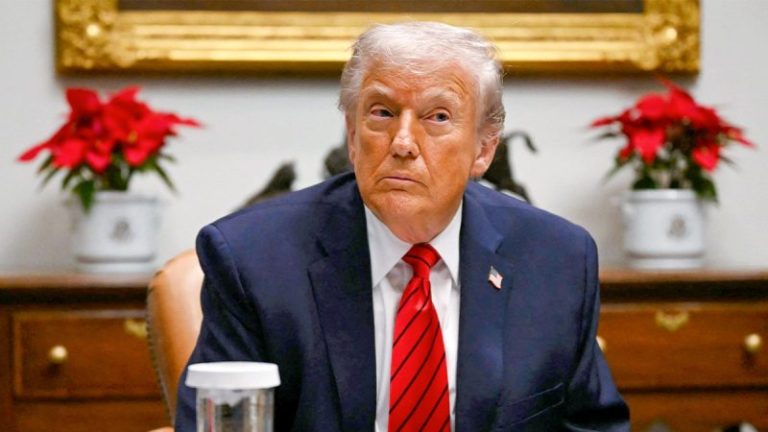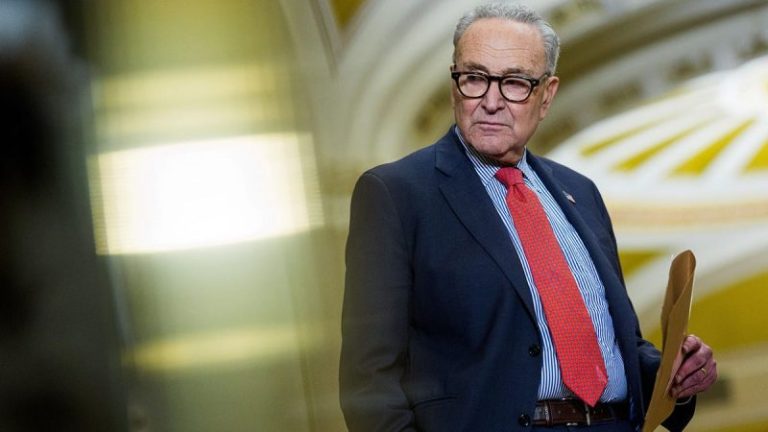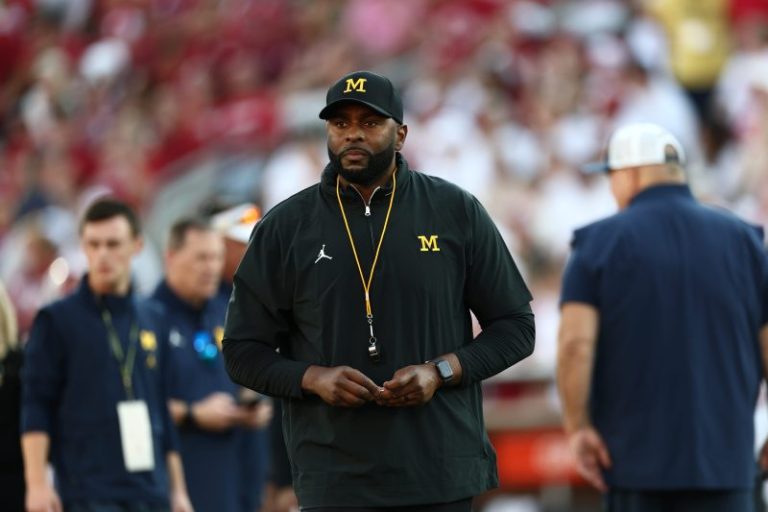Alabama set the bar for a late-in-the-calendar hire with Kalen DeBoer. Michigan needs to clear that bar. Or, hire DeBoer.
Next Michigan coach will inherit premier recruits, and an ultra booster.
How will we remember the Sherrone Moore era? For a lot of tears. And a lot of punts.
Anyone checked on Lane Kiffin’s LSU buyout? The Michigan job just opened.
I’m kidding, but only just. One of college football’s best jobs needs filled.
Alert the renegades.
Unlike the last time the Wolverines made a hire, they can fill the seat this time without the inconvenience of NCAA suits lurking in the corner.
The NCAA’s sign-stealing penalty has been handed down, and Michigan skated past the scythe with probation and a big fine. Neither will deter job candidates, so bring on the A-listers.
Good riddance to Sherrone Moore. Michigan fired him for cause after it found credible evidence he engaged in “an inappropriate relationship with a staff member,” according to the university.
How will we remember the Moore era? For a lot of tears. And a lot of punts.
And for how he wound up in jail on the night of his firing.
Forget the calendar. Michigan a premier job
Moore was a seat-warmer, anyway, a glorified interim coach while Michigan rode out multiple NCAA probes after cheating its way to glory under Jim Harbaugh.
Never mind that Moore’s firing comes a tad late in the job-hopping calendar. The coaching carousel just stopped spinning, but this job could open in March, and I’d expect Michigan to pry loose a premier coach.
I’m not sure you’d need a second hand to tick off the number of jobs better than Michigan. I mean, Michigan finished 9-3 this season with Moore as its coach. Yes, indeed, this is a premier job. Premier jobs attract premier candidates, no matter the date on the calendar.
When Alabama needed to replace Nick Saban two years ago in mid-January, it secured the coach of the national runner-up.
If Alabama loses to Oklahoma in the playoff’s first round, angry Bammers might list DeBoer’s house on Zillow. There’s gorgeous real estate in Ann Arbor, and I’d much rather come in on the heels of a fired coach’s alleged moral turpitude than replace the GOAT.
Michigan’s schedules the next two seasons are rugged, but, long-term, facing Big Ten fare with ultra billionaire Larry Ellison’s checkbook at your disposal sounds better than trying to survive the SEC’s fires.
As a sidebar, Oracle’s share price is up nearly 270% the past five years. Money makes the world go round, and money makes the ‘croots flow in.
Hey, Marcus Freeman, Michigan’s never been left out of the 12-team playoff with a 10-2 record! (Because Moore couldn’t reach 10-2.) But, seriously, I wouldn’t care that Freeman played for Ohio State. Consider it intel. He knows how they operate in Cbus!
I’m skeptical Freeman would leave Notre Dame for anywhere other than perhaps Ohio State or the NFL. Worth finding out. And, don’t even start with Brian Kelly. He came no closer to the playoff at LSU than Moore did for Michigan. The Wolverines can set their sights higher than the scrap heap.
Michigan’s hire will inherit talented recruits and a big booster
Michigan signed a top-15 class this cycle, on the heels of landing No. 1-ranked quarterback prospect Bryce Underwood last year.
Now, it needs someone to coach and develop all of that talent. Moore’s Wolverines mustered 35 points against their three toughest opponents this season. Not 35 points per game. Thirty-five points total, in losses to Oklahoma, Southern California and Ohio State.
Michigan having cause to fire Moore meant this ouster comes 11 months sooner than it otherwise might have — and free of a buyout charge. The firing comes one month too late for the peak hiring cycle, and perhaps too late to chase Kiffin, but if the Michigan job is as good as I think, the timing is but a hiccup and not a doomsday scenario.
DeBoer is the bar. Clear it, or hire him.
Blake Toppmeyer is the USA TODAY Network’s senior national college football columnist. Email him at BToppmeyer@gannett.com and follow him on X @btoppmeyer.
(This story was updated to add a video.)










